Climate finance is at a crossroads. Record levels of capital are flowing into the sector, yet far too little is reaching the communities and entrepreneurs in the Global South who need it most. Without affordable, accessible finance, clean energy startups in emerging markets cannot scale their innovations, jobs remain unrealized, and the global transition slows.
That urgency drove our recent New Energy Nexus webinar, Unlocking Private Capital for Climate Financing in the Global South Through Guarantees. Hosted by Jennifer Wang, Director of Financial Innovation at New Energy Nexus, the discussion brought together:
- Upendra Bhatt – Co-Founder & Managing Director, cKinetics and Board Member, cKers Finance, with deep experience in structuring climate finance vehicles in India and beyond.
- Christina Borsum – Chief Financial Officer, New Energy Nexus, overseeing the organization’s global financial strategy and innovative capital mobilization.
Together, they unpacked why guarantees and blended finance instruments are key to redirecting private capital to underserved markets, and how donors and investors can help accelerate impact.
Key takeaways
1. Guarantees de-risk capital and crowd in private investors
Guarantees can absorb early losses or perceived risks, making it easier for private lenders and institutional investors to enter emerging clean energy markets. This “first-loss” approach reduces barriers and catalyzes multiples of commercial capital without an upfront outlay of cash.
2. Financial innovation is as important as technology innovation
Adoption of EVs, solar, storage, and efficiency technologies won’t scale without equally innovative financial tools that address the diversity of investor risk profiles. Credit guarantees and other credit enhancements, as well as catalytic finance mechanisms, are just as vital as the hardware. They have a truly catalytic effect when applied to solutions where the business case is there, but financing is impeded by actual and perceived risks.
3. Guarantees have the power to catalyze local financial sectors
Most new energy demand growth is in Asia and Africa. Yet financing there is still scarce and expensive compared to the Global North. Unlocking capital for clean energy ecosystems in these regions is both the biggest challenge and the greatest opportunity for climate action. Guarantees have the dual benefit of unlocking this capital and increasing accessibility for local financial institutions to participate, especially when paired with technical assistance and other wrap-around support.
4. Electric vehicles in the Global South are an ideal use case
In many countries in the Global South, EVs (in particular two and three-wheelers) form an important part of the informal economy, with delivery drivers, for instance, who depend on their vehicles for their livelihood. The total cost of ownership in these countries is often already at parity or lower than their fuel-based counterparts; however, the upfront cost is still higher. That’s where financing comes in to ease that upfront burden, and where guarantees can come in to make that financing more accessible and affordable.
5. Donors and philanthropy play an important role
Grant funding and concessional capital remain essential to seed first-mover products and ecosystems. By absorbing higher risks early, donors can pave the way for commercial investors to follow, creating a multiplier effect on impact and scale.

Why New Energy Nexus?
At New Energy Nexus, we’ve supported over 10,000 entrepreneurs, distributed $84 million in catalytic capital, and helped create 8,300 green jobs worldwide. We know that entrepreneurs hold the solutions to the climate crisis – but they need equitable access to finance to succeed.
Our work in financial innovation is about more than moving money; it’s about shaping markets to be inclusive, just, and future-ready. By pairing guarantees and blended finance structures with our global entrepreneur network, we aim to close the funding gap in the Global South and accelerate the transition to 100% clean energy for all.
The path forward
Guarantees aren’t just technical instruments; they’re tools for justice. They bridge the divide between where capital sits and where innovation is happening. With donor leadership, investor participation, and entrepreneurial energy, we can transform today’s fragmented flows into a surge of climate solutions.
Interested in partnering or learning more? Visit newenergynexus.com or contact our team to explore how you can catalyze climate finance in the Global South.



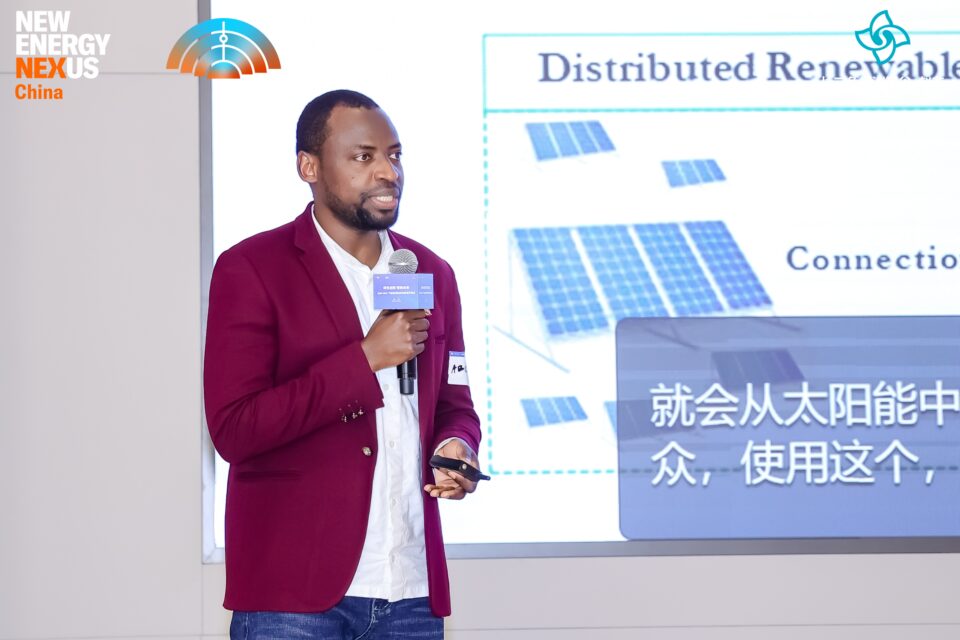
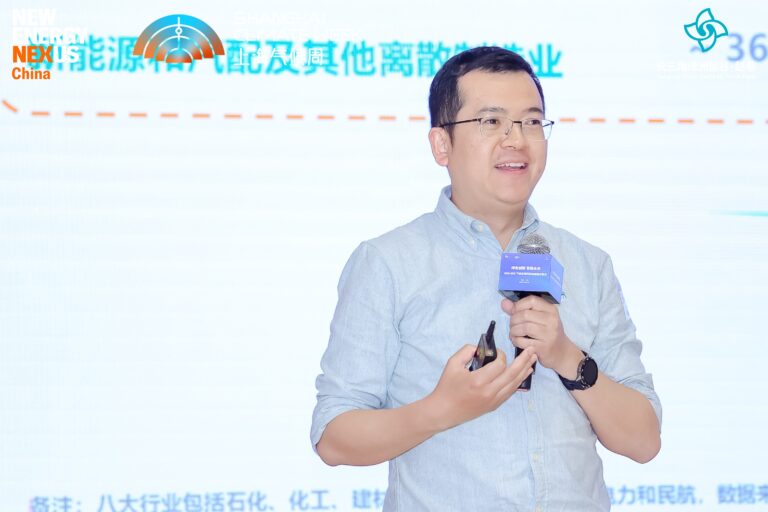
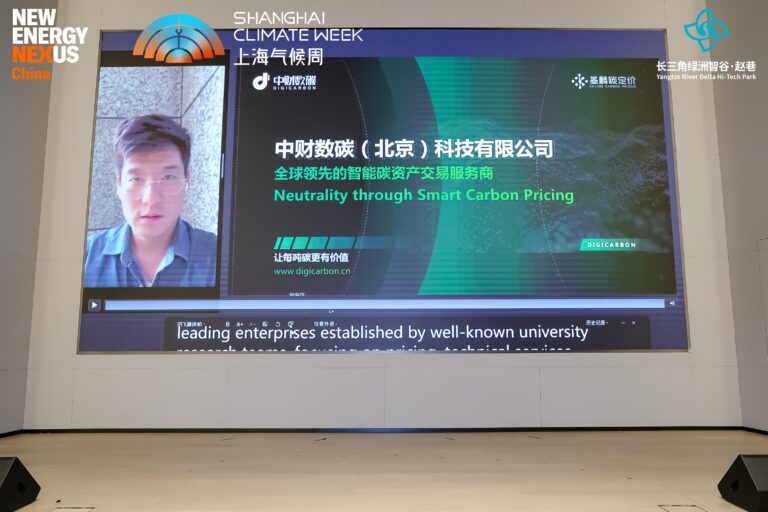
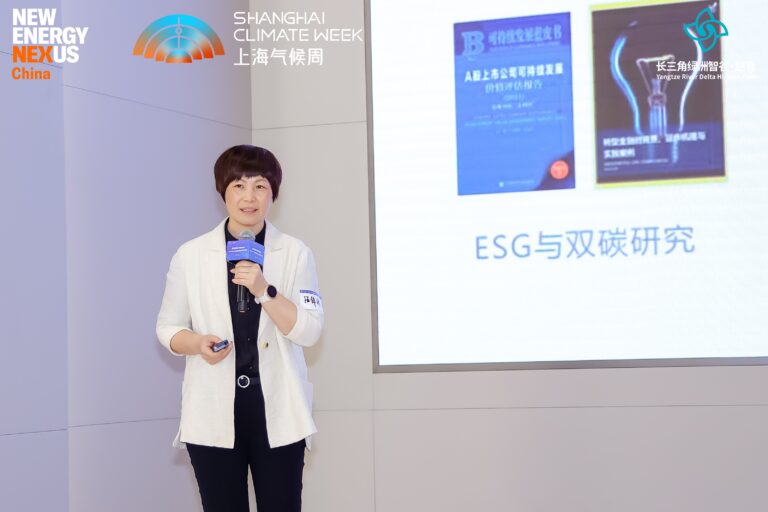
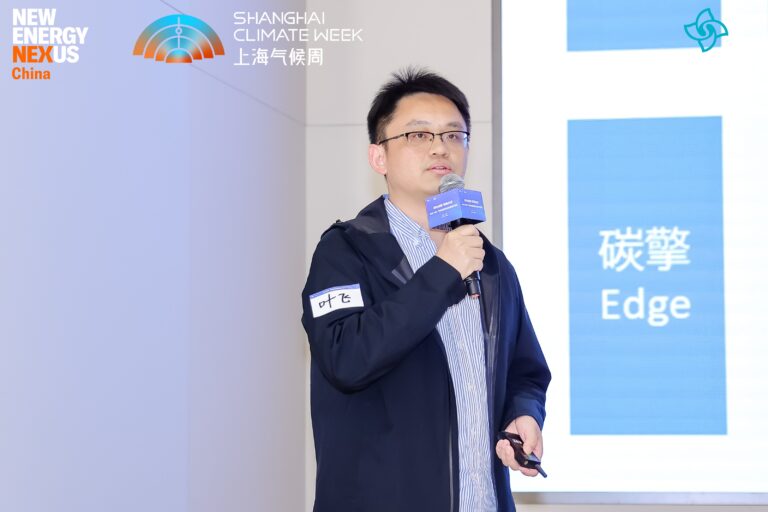
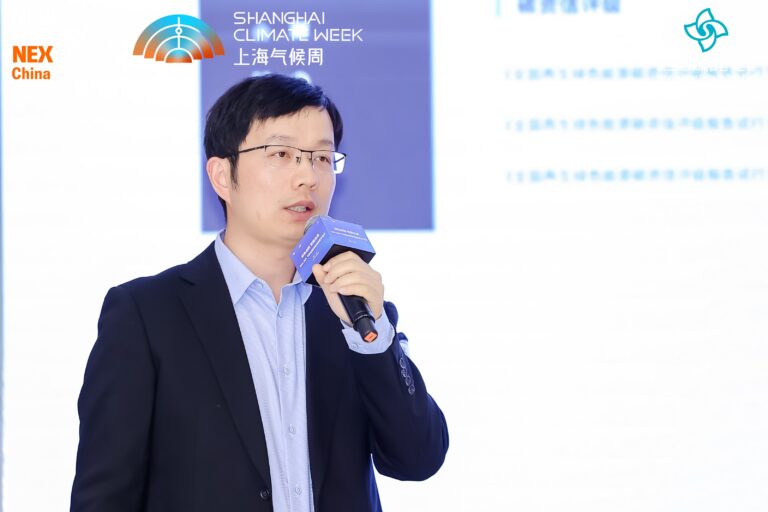
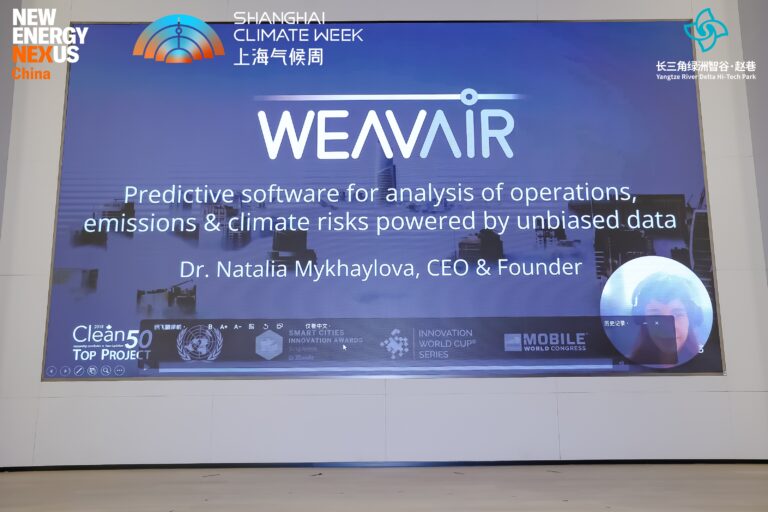
 Digital financial technology (known as fintech) has already disrupted the global financial system. Recent improvements to banking, customer experiences, and investment decision-making do not always consider issues such as climate change or energy access, which is why New Energy Nexus is working to foster fintech solutions that can drive 100% clean energy for 100% of the population.
Digital financial technology (known as fintech) has already disrupted the global financial system. Recent improvements to banking, customer experiences, and investment decision-making do not always consider issues such as climate change or energy access, which is why New Energy Nexus is working to foster fintech solutions that can drive 100% clean energy for 100% of the population.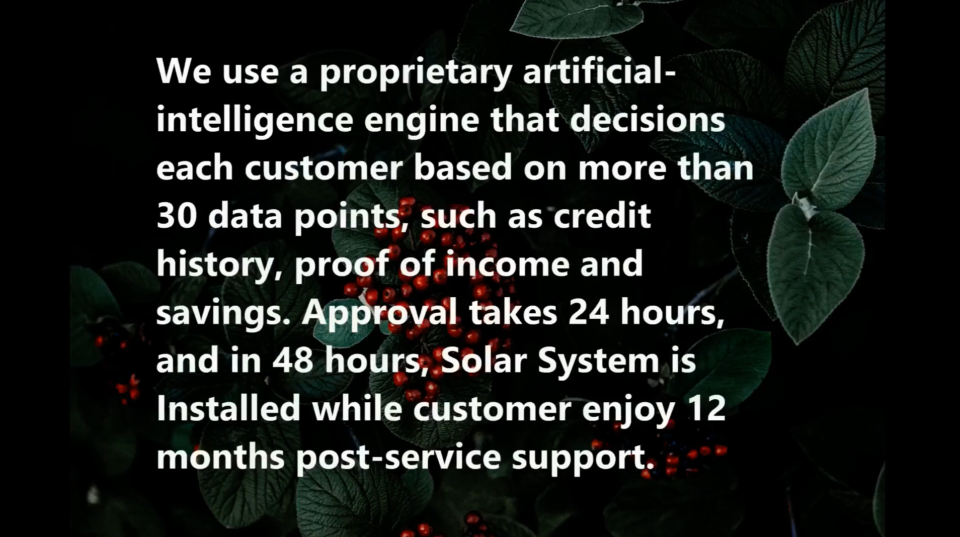
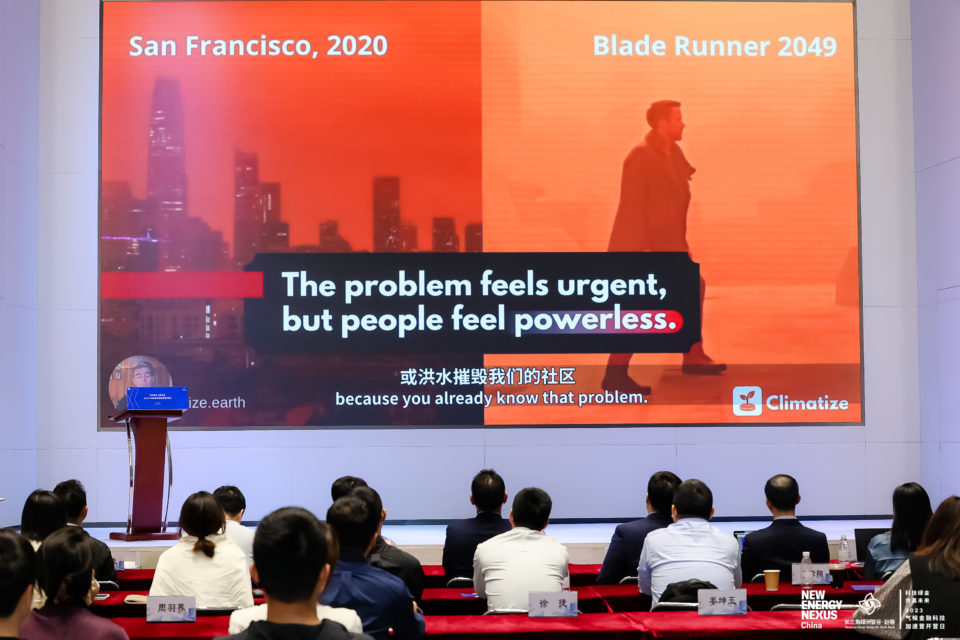 Through the
Through the 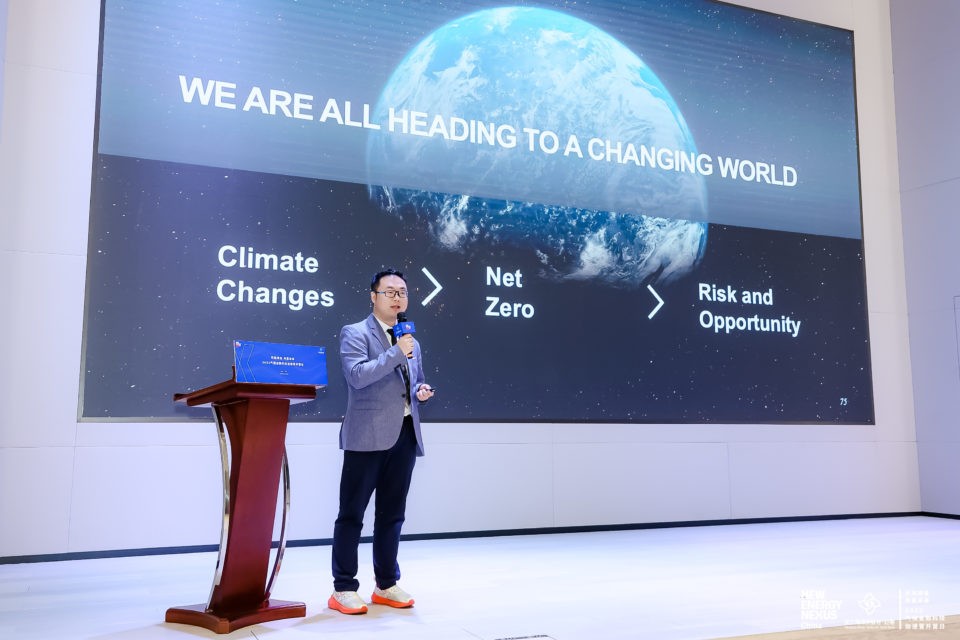 Climind
Climind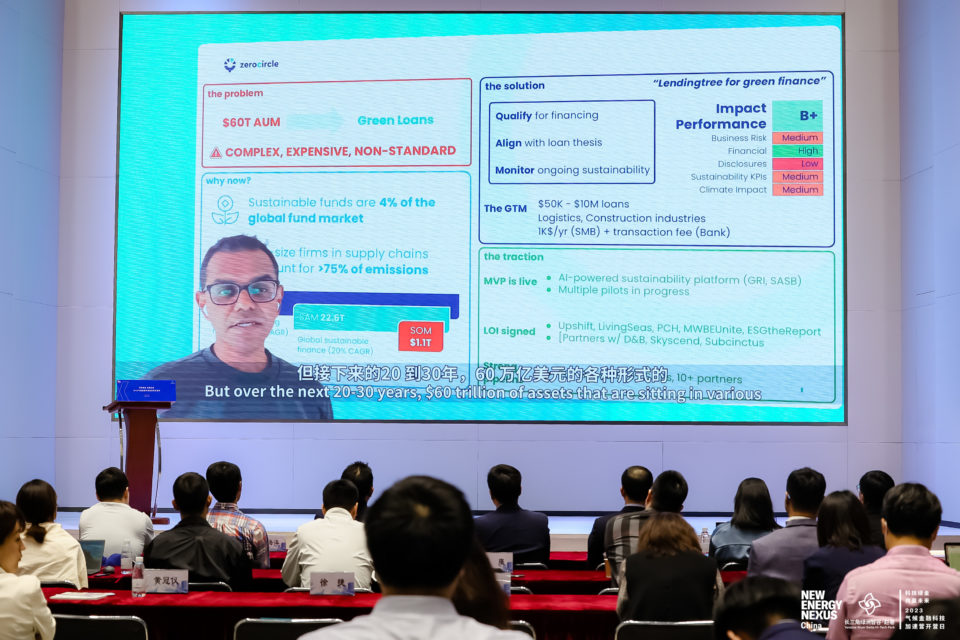 Zero Circle Inc
Zero Circle Inc